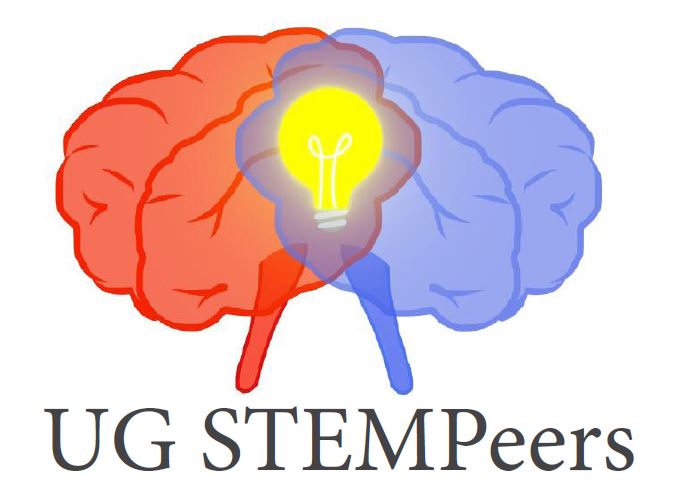Discover the fascinating world of cell signalling and communication in this article. G-protein Coupled Receptors transmit extracellular signals to the cell’s interior and elicit a response. They have diverse functions in physiological and biochemical signalling. Read more to understand the complex structure and intricate pathways associated with this protein!
Tag Archives: cell biology
The ‘G’-lymphatic system
The lymphatic system is well-known for its role in the body’s defence system against internal as well as external threats. But that’s not all. Along with its defence-oriented functions, the lymphatic system plays a major role in maintaining fluid balance in the body. The central nervous system or CNS is characterized by a disproportionately high metabolic rate along with a complex and extremely environment-sensitive synaptic transmission that can be hampered due to the accumulation of waste metabolites. However, there is no evident conventional lymphatic organisation in CNS. Read this article to find out about the newly discovered glymphatic system, a macroscopic waste clearance system directly involved in the transport of waste metabolites and solutes generated by the CNS!
Excite your Neurons!
Challenge your brain with this exciting crossword on neurobiology!
Mosaics in Membranes: Membrane Structure and Fluidity
Although invisible to the naked eye, the world inherently possesses an exceptional degree of randomness. Air molecules are in constant motion, moving to occupy available space and undergoing numerous collisions and interactions among themselves. This is the nature of the molecular world. Even water molecules are constantly moving, colliding and interacting with each other. Similar considerations can be applied to cells, which turn out to be essentially vast mixtures of biologically important molecules in perpetual motion that collide and interact with each other. To contain these biomolecules and thus bring about the entity we know to be a cell becomes a necessity and this role is fulfilled by biological membranes. Understanding the structure and functions of these biomembranes became an important goal in the 20th century. Read this article to find out how scientists aimed to devise a model that may effectively explain the organisation and purpose of biological membranes!
TELOMERASE AND CELL AGING: A Review of the Identification of the RNA Component of Human Telomerase
Have you ever wondered why or how your cells slowly age and die? Or as it is scientifically called, senescence of the cell. One of the many theories predicts that the reason lies in a repeat sequence of nucleotides (individual parts that make up our DNA) called telomeres present at the end of DNA and acting as protective caps. But what about the immortal cells or the germ line cells? How does telomere shortening work in them? The answer lies in an enzyme called Telomerase – an RNA-protein complex, and a vital enzyme. Read this review to know about the several experiments and studies conducted to understand its importance!
What makes you tick? The quest to decode the biological clock.
Life on Earth is adapted to the rotation of our planet. From bacteria to plants to mammals, a huge spectrum of organisms have an autonomous, internal and self-regulating biological clock that helps them anticipate and adjust to the routine rhythm of each day. But how does this biological clock actually function? What genes, proteins and mechanisms lie behind this immensely intricate system that governs both our physiology and our behaviour? Read this article to learn about the work that went into decrypting this beautiful molecular machine!
Mosaicism and chimerism
Extensive research which followed the discovery of DNA, to know more about its structure, function and mechanisms, led us to believe that each cell of our body contains the same DNA molecule – which is exclusive for each person. Due to this understanding, the possibility of encountering any instance of intra-organismal genetic variation was a far cry from reality; however, discoveries of mosaicism and chimerism in the early 1950s have forced us to rethink our beliefs while catalyzing ground-breaking research in the fields of evolutionary and developmental embryology.
16S rRNA – Backbone of Metagenomic Analysis
Microorganisms comprise nearly two-thirds of all the living organisms on Earth, which is roughly 1 trillion species of microbes, not to mention the innumerable strains evolving continuously. To put things into perspective, the total number of microbes on the planet is far greater than the number of stars in the galaxy. They have undergone over 3.8 billion years of evolution to be the most abundant, diverse and oldest living beings in the world.
Dr. Jayant Bhalchandra Udgaonkar
Born on the 22nd of March, 1960, in the state of Maharashtra, India, Dr. Jayant Udgaonkar is an accomplished biochemist and molecular biologist. His research focuses on studying protein folding, unfolding and misfolding
Nobel laureates and their discoveries
Go attempt this crossword to brush up your knowledge of Nobel Laureates!
